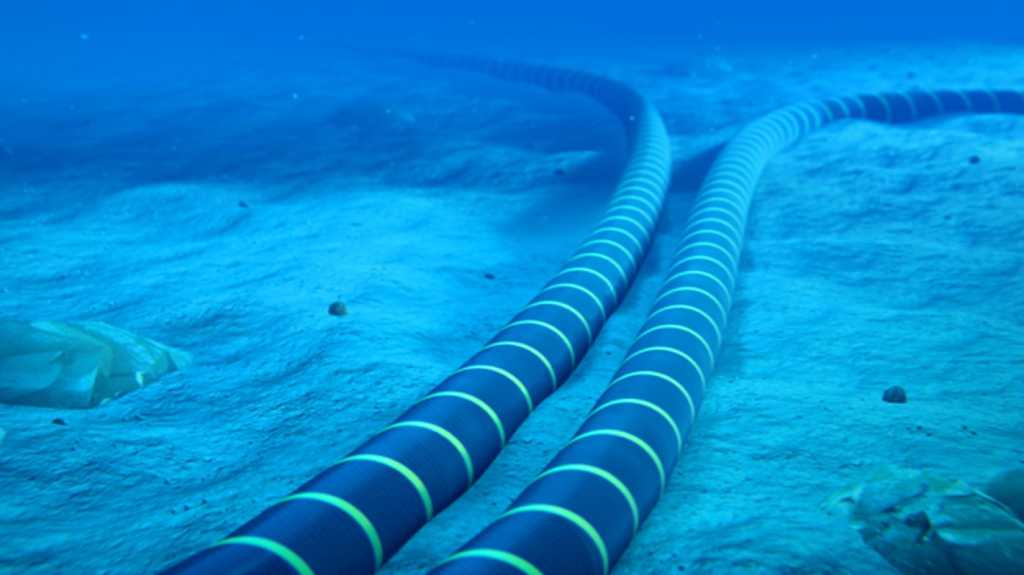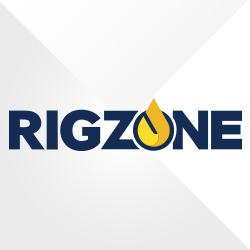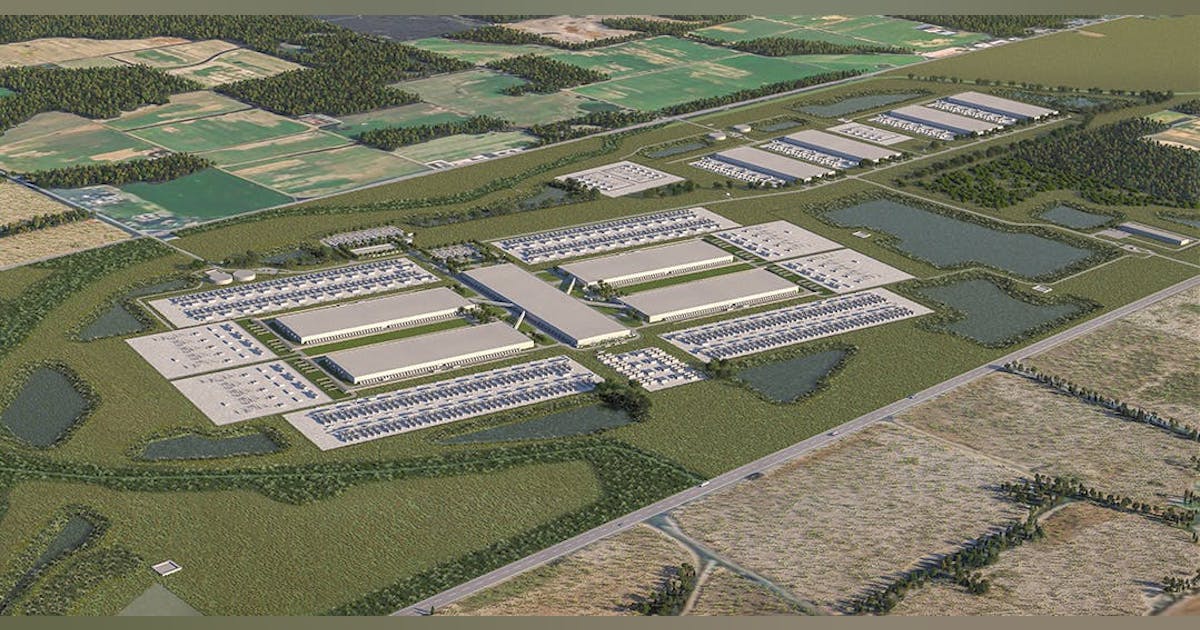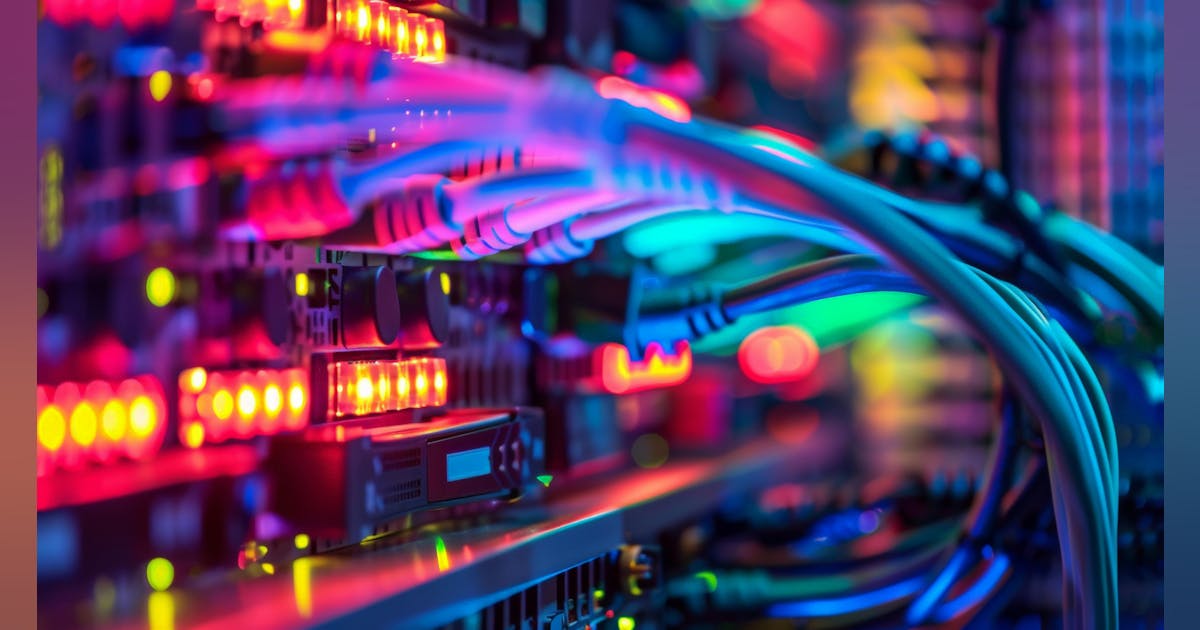Omniverse DSX Blueprint Unveiled Also at the conference, NVIDIA released a blueprint for how other firms should build massive, gigascale AI data centers, or AI factories, in which Oracle, Microsoft, Google, and other leading tech firms are investing billions. The most powerful and efficient of those, company representatives said, will include NVIDIA chips and software. A new NVIDIA AI Factory Research Center in Virginia will use that technology. This new “mega” Omniverse DSX Blueprint is a comprehensive, open blueprint for designing and operating gigawatt-scale AI factories. It combines design, simulation, and operations across factory facilities, hardware, and software. • The blueprint expands to include libraries for building factory-scale digital twins, with Siemens’ Digital Twin software first to support the blueprint and FANUC and Foxconn Fii first to connect their robot models. • Belden, Caterpillar, Foxconn, Lucid Motors, Toyota, Taiwan Semiconductor Manufacturing Co. (TSMC), and Wistron build Omniverse factory digital twins to accelerate AI-driven manufacturing. • Agility Robotics, Amazon Robotics, Figure, and Skild AI build a collaborative robot workforce using NVIDIA’s three-computer architecture. NVIDIA Quantum Gains And then there’s quantum computing. It can help data centers become more energy-efficient and faster with specific tasks such as optimization and AI model training. Conversely, the unique infrastructure needs of quantum computers, such as power, cooling, and error correction, are driving the development of specialized quantum data centers. Huang said it’s now possible to make one logical qubit, or quantum bit, that’s coherent, stable, and error corrected. However, these qubits—the units of information enabling quantum computers to process information in ways ordinary computers can’t—are “incredibly fragile,” creating a need for powerful technology to do quantum error correction and infer the qubit’s state. To connect quantum and GPU computing, Huang announced the release of NVIDIA NVQLink — a quantum‑GPU interconnect that enables real‑time CUDA‑Q calls from quantum
























